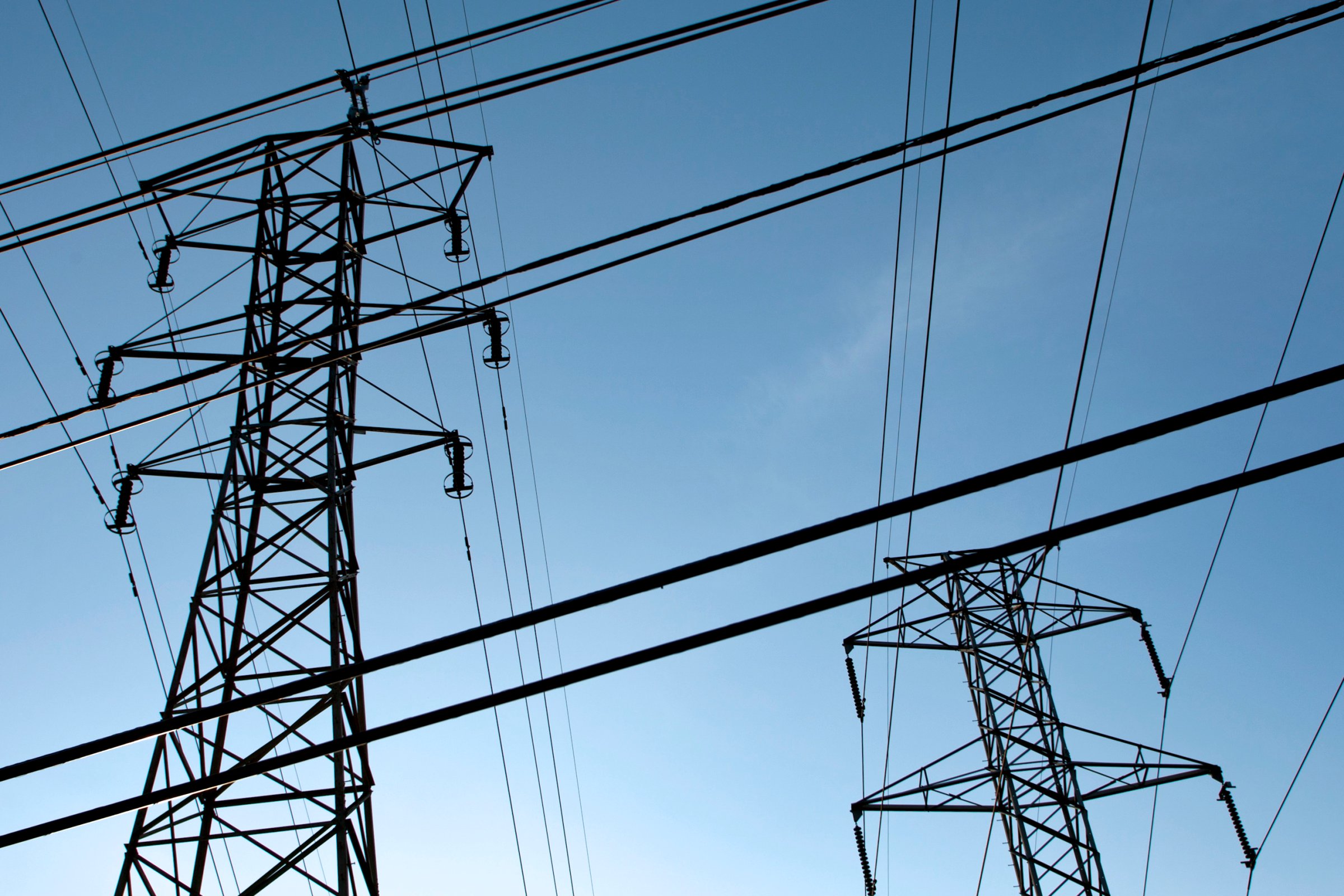
Dr. Michael J. Frankel, a senior scientist at Penn State’s Applied Research Laboratory, doesn’t stay up at night thinking about how a nuclear bomb could destroy America’s electrical grid and plunge parts of the country into darkness. But he does worry about how coronal mass ejections might.
And what are those, exactly?
“The sun kinda farts, if you will,” says Frankel. “Plasma stuff gets ejected from the sun and travels past Earth.”
The prospect of an epic, once-in-a-100-year sun fart that could cause catastrophic damage on earth was at the center of a congressional hearing Thursday, as a House Homeland Security subcommittee debated legislation that would protect critical infrastructure from the threat of unwanted electromagnetic pulses resulting either from a massive solar flare or a nuclear attack.
“A natural EMP [electromagnetic pulse] catastrophe or nuclear EMP attack could blackout the national electric grid for months or years and collapse all the other crucial infrastructure—communications, transportation, banking, and finance—necessary to sustain modern society,” said Dr. Peter Vincent Pry, the Executive Director of the Task Force on National and Homeland Security. He added that EMP is the “least understood but gravest threat” to the country; a “clear and present danger.”
“In a matter of weeks or months at most, a worst case scenario could bring devastation,” said Rep. Trent Franks (R-Ariz.), who served as both a witness and questioner Thursday for his expertise in the topic.
As for the prospect of a massive solar flare, “It will happen at some point…on a 100 year scale,” said Frankel, who added that power companies “simply have not prepared” for that scenario. The panel recounted a few recent close calls to emphasize the threat, including a coronal mass ejection that “narrowly” missed Earth in July 2012, according to Pry, and the last major geomagnetic storm of 1921.
On the nuclear side, the panel said that besides Russia and China, North Korea and Iran should also worry Congress enough to strengthen the electrical grid. Dr. Chris Beck, Vice President of the Electric Infrastructure Security Council, said that America’s eastern coast is particularly vulnerable to attack as it generates around three quarters of the country’s power.
There are ways to minimize potential damage, however. For a few billion dollars, according to Frankel and Beck, the country could mitigate the EMP crisis by “hardening” — essentially building enhanced surge protectors—for a few thousand of the highest volt transformers. Not that it will be easy: enacting change to something as vast as America’s electric grid would be extraordinarily complex. “At present, it’s not really clear who is in charge of protecting the nation from solar and nuclear EMP,” said Franks.
“The U.S. electric grid is the most complicated in the world, by physical design, by the overlapping regulatory authority—50 states, federal government, 3,500 electrical companies, etc,” said Beck, who compared the U.S. to Finland, which has one power company and one regulator.
Beck, Frankel, and Pry asked for the Department of Homeland Security to play a major role in any potential reform efforts, along with the Department of Energy and Department of Defense. “It certainly has to be done in coordination with the state level governments as well,” added Beck. They also all agreed upon the necessity of reform.
“It’s a relatively modest cost versus the value of the installed infrastructure,” Frankel told TIME. “It’s almost foolish not to do it.”
More Must-Reads From TIME
- The 100 Most Influential People of 2024
- The Revolution of Yulia Navalnaya
- 6 Compliments That Land Every Time
- What's the Deal With the Bitcoin Halving?
- If You're Dating Right Now , You're Brave: Column
- The AI That Could Heal a Divided Internet
- Fallout Is a Brilliant Model for the Future of Video Game Adaptations
- Want Weekly Recs on What to Watch, Read, and More? Sign Up for Worth Your Time
Contact us at letters@time.com